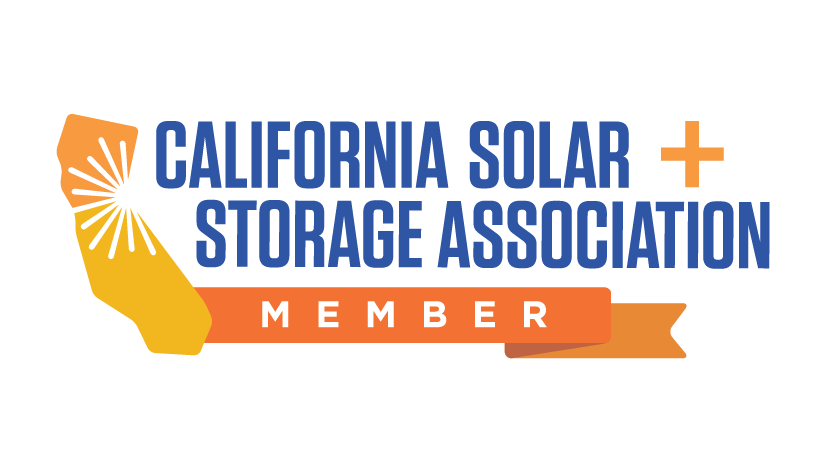Great news! The solar tax credit extension is upon us at the current rate of 26% for the next two years. The ITC extension has been supported by not only those within the solar industry but also countless others. This includes congressional leaders and a group of bipartisan mayors. As noted by Energy Storage Association CEO Kelly Speakes-Backman:
“The inclusion of the Better Energy Storage Technology (BEST) Act as part of the year-end spending and relief package is further proof of the bipartisan, bicameral support for energy storage to improve grid reliability and flexibility.”
California knows the consequences of grid problems firsthand, and solar could be a significant factor in improving daily operations. If you’re interested in installing your own solar system for reliable power, here’s what you need to know about the solar investment tax credit.
What is the solar investment tax credit?
The solar investment tax credit (ITC) is a highly important federal policy mechanism. This is to support the growth of solar energy in the U.S. The ITC was enacted in 2006 and has helped the U.S. solar industry grow tremendously (by more than 10,000%!). It has created hundreds of jobs and prompted billions of dollars of investments in the U.S. economy in the process.
The ITC is a 26% tax credit for solar systems on residential and commercial properties. It allows you to deduct 26% of the cost of installing a solar energy system from your federal taxes. There is no cap on its value. The average individual saves nearly $9,000 on the cost of going solar as a result of the ITC. The commercial credit (under Section 48) can be applied to both customer-sited commercial solar systems and large-scale utility solar farms.
In late December 2020, Congress passed a solar tax credit extension of the ITC alongside the $900 billion COVID-19 virus relief spending bill. Originally, the ITC was scheduled to drop from 26% to 22% in 2021. Now, all market segments (residential, commercial, industrial, utility-scale) will be able to receive a tax credit at 26% as long as they begin construction in 2021 or 2022. In 2023, all markets will drop to a 22% tax credit, and the residential market will drop to 0% while the commercial and utility markets will sit at 10% permanently beginning in 2024.
How does the solar investment tax credit work?
You’re eligible for the solar investment tax credit as long as you own your solar energy system. You also have the ability to “rollover” credits into future years as long as the tax credit is in effect. So, if you don’t have enough tax liability to claim the entire credit in one year, you’ll be able to use them in future years.
Just keep in mind that if you sign a lease or PPA with a solar installer, then you’re not considered the owner of the system, and you won’t be able to receive the tax credit.
Final thoughts
Are you interested in installing your own solar system? Visit Del Sol Energy to learn more about the different options available to you.


Leave a Reply